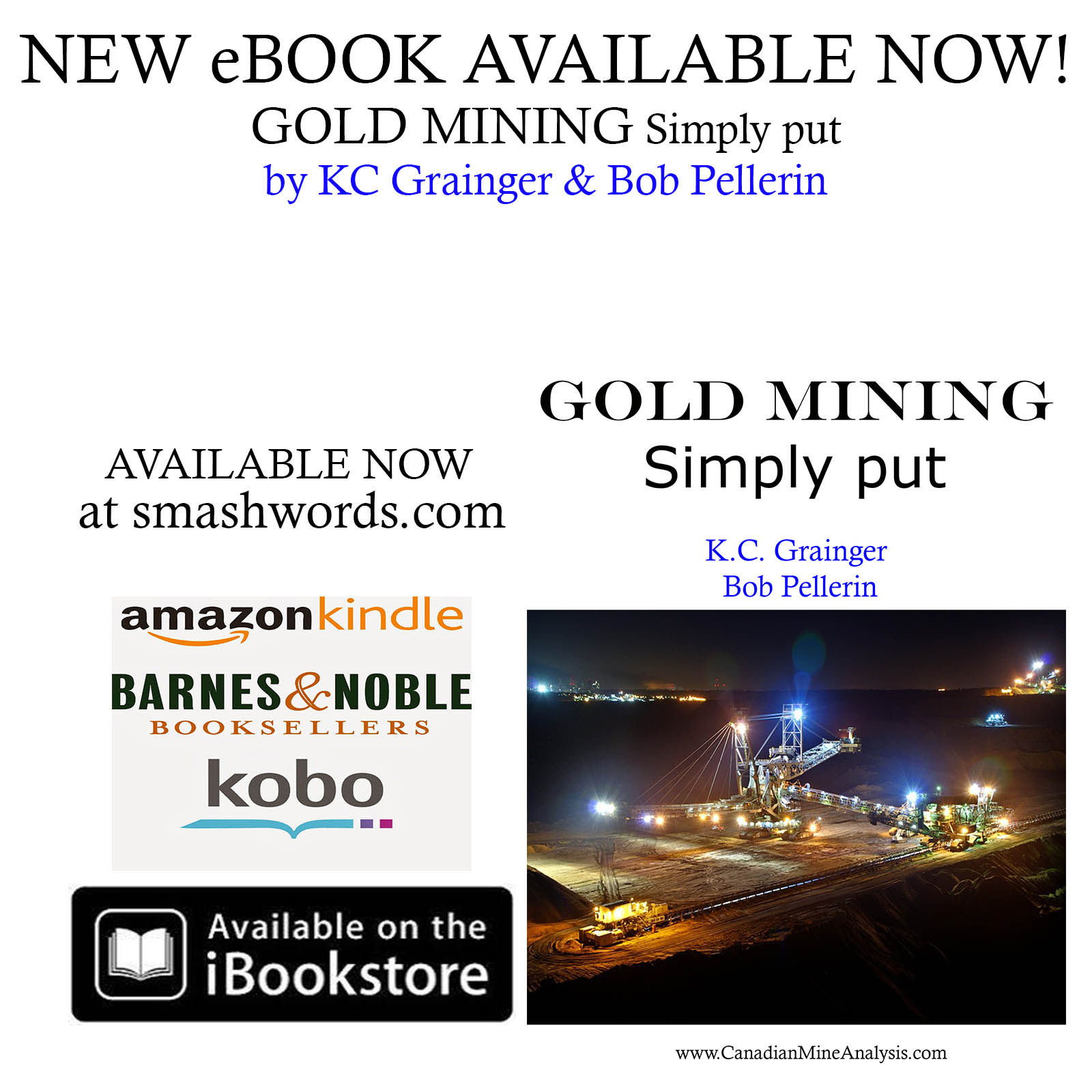Comprehensive research coverage? Where has it gone? In the 1960’s through the late 1990’s, many, if not most U.S. brokerage offices and many large Canadian brokerage offices had Standard and Poor’s two page research reports (“tear sheets”) on thousands of companies available in most offices for their brokers. For many brokers and investors, those research reports were a primary source of information and comprehensive investment overviews. Simply stated, they were fundamental profiles of companies listed on the New York Stock Exchange, American Stock Exchange and Nasdaq. Canadian companies were followed as well. The NYSE companies were printed on yellow sheets, the Amex were printed on blue sheets with the Nasdaq printed on green sheets.
The reports were kept in binders in each office and when a report was used or perhaps mailed out, a replacement would arrive within days. As well, updated reports would arrive on average every six to ten weeks or whenever significant news was released by the companies. Over decades, some very successful experienced brokers utilized the S&P sheets as primary sources for investment ideas. Many brokers found that their companies’ own brokerage house research was lacking and of little value so they looked elsewhere. The independent Standard & Poor’s two page reports did provide an excellent research source for investment ideas.
What the S&P reports did so well… Each report would summarize the business(s) a company was engaged in and provided a timely summary of the company’s recent activities and results. As well, a longer history of a company’s important developments and financial results were covered. The customary fundamentals such as income and balance sheet data, debt levels, capitalization, shares outstanding, ownership of the shares and other key facts were presented. For technical analysis, a chart of the stock for several years was displayed.
Standard and Poor’s now delivers its highly respected research electronically. Unfortunately, Standard and Poor’s discontinued those quality two page research “tear sheets” that provided investors with very useful and valuable information over ten years ago. We don’t know why, but in our opinion, it became too expensive to prepare the necessary research, to produce, to ship to clients and update news. In our opinion, it has been a major loss for investors.
Research coverage should not be expensive! The bottom line is that research coverage is quite expensive for a brokerage house to produce. Years ago, the estimate was that the cost of carrying comprehensive research coverage for a company was approximately $15,000 per company-now it is more expensive. Employing analysts is quite costly; Moreover, it is neither always cost effective nor profitable for the brokerage houses.
In effect, there has been a huge decline in comprehensive research coverage for the majority of publicly traded companies. It has been particularly punishing for the junior mining companies. Research for juniors is nearly non-existent. We have issued research reports for several companies with excellent results but we no longer do it due to time limitations. However, other research firms are available.
What is necessary for success? Our suggestion is to have an understandable, informative and factual research report available to potential investors and shareholders. Make no mistake about it, a research report is a necessity; a PR firm issuing a blizzard of emails and phone calls will not prove successful and is grossly overpriced. We suggest that a research report focuses on the key points: management, properties, projects, reserves, resources, valuations, financials and stock ownership. If a mining company is overlooked and undervalued, it will dramatically benefit from research coverage, without research coverage, a company’s stock price has limited upside potential. That is the way it is plain and simple.


![[Most Recent Quotes from www.kitco.com]](http://www.kitconet.com/charts/metals/gold/t24_au_en_usoz_2.gif)


